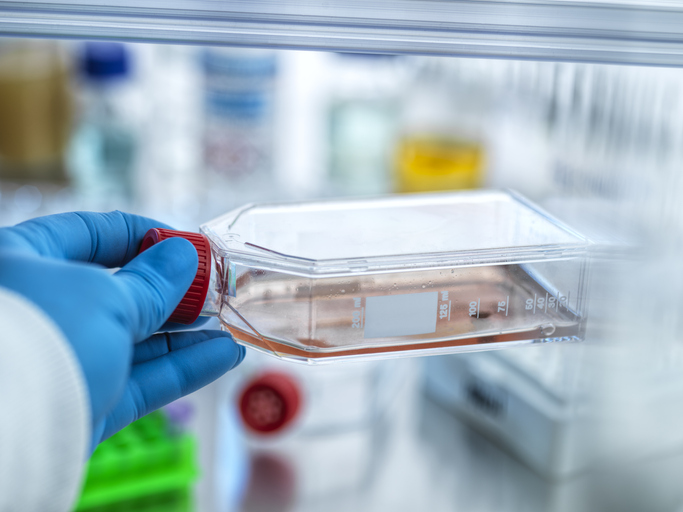By Mike May, PhD
During the development of a biotherapeutic-producing microorganism, the success of a potential product depends on mimicking industrial-scale conditions. Current approaches, however, often create very different conditions in small and large batches. Volkert van Steijn, PhD, associate professor of chemical engineering at the Delft University of Technology in the Netherlands, and his colleagues reviewed the potential of microbioreactors as a solution to that problem.
“It is common practice in the development of bioprocesses to genetically modify a microorganism and study a large number of resulting mutants in order to select the ones that perform best for use at the industrial scale,” Steijn and his colleagues explain.
Nonetheless, screening the mutants quickly usually relies on technology that lacks the nutrient control used at industrial scale. For example, scientists typically screen the mutants in microtiter plates under batch conditions, in which no additional nutrients are added during an experiment. The low volume of a microtiter plate’s wells—say, 10–2,000 µL—caters to high-throughput analysis but hinders the options for controlling the conditions.
As Steijn’s team notes: “Tools that afford high throughput on the one hand and dynamic control over cultivation conditions on the other hand are not yet available.”
But that combination might come from microbioreactors, which can be created with microtiter plates, microfluidic chambers, or microfluidic droplet-based approaches. To make a microbioreactor from microtiter plates, for instance, it’s modified to provide fed-batch control of nutrients, which is commonly used in the industrial process. Nonetheless, Steijn and his colleagues pointed out the ongoing difficulty of controlling such a small environment and the challenges in making the modified microtiter plates. Consequently, the modified plates usually include a small number of wells, just 24 in some cases, and that limits the throughput of the screening.
Still, Steijn’s team remains optimistic about microbioreactors. For one thing, the scientists discussed the potential of combining microbioreactors with optimized algorithms developed from data-driven modeling and using computer-controlled automation to regulate the conditions for each mutant. As the scientists conclude: “Combining controlled high-throughput experimentation within microbioreactor platforms with complex feeding profiles and process control would be a promising approach to bridge the gap between screening conditions and those observed at the industrial scale.”






